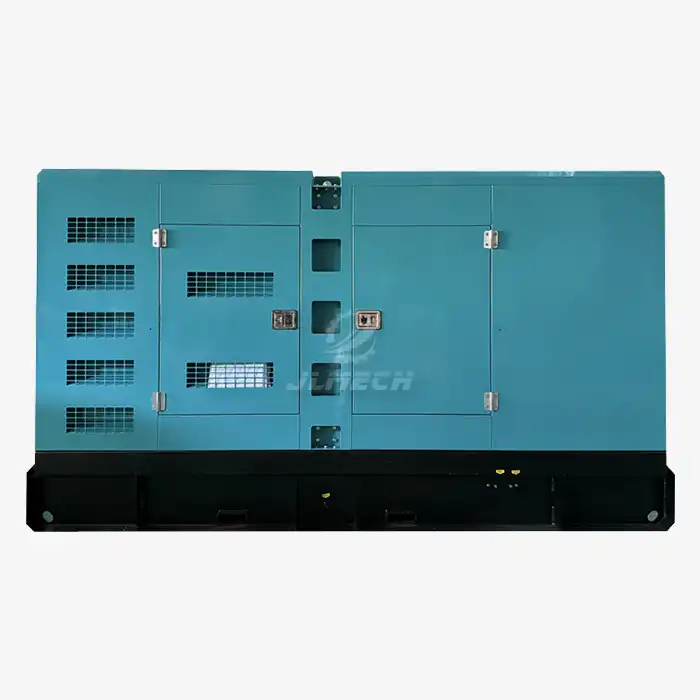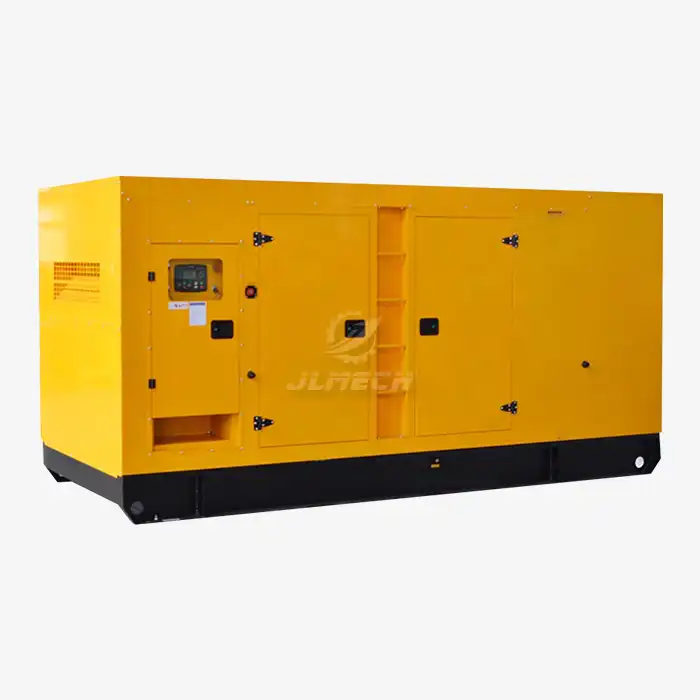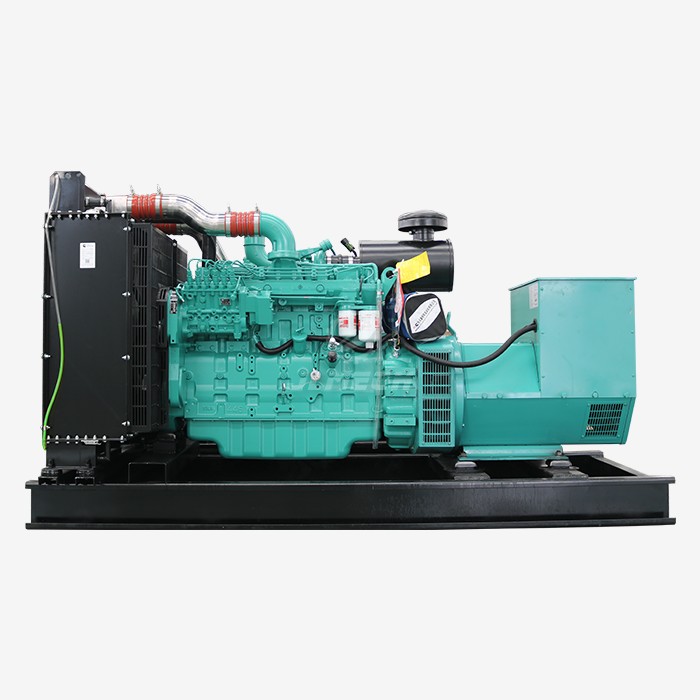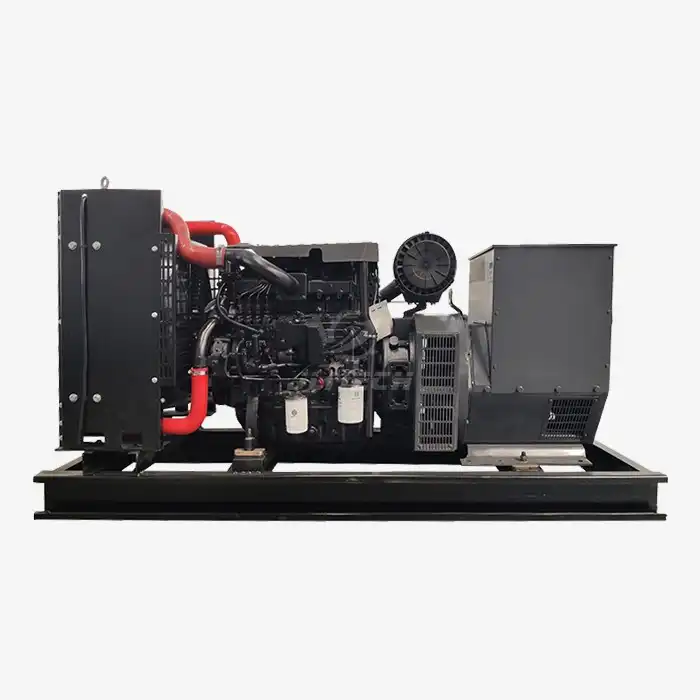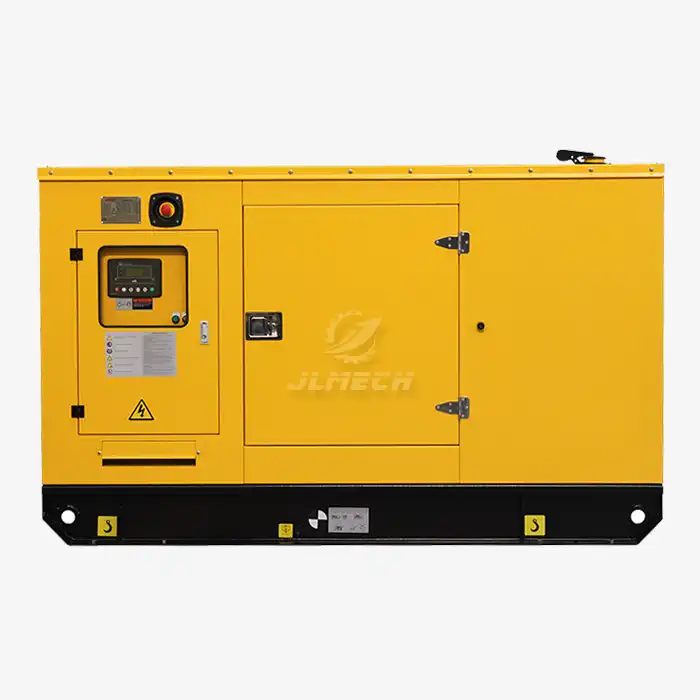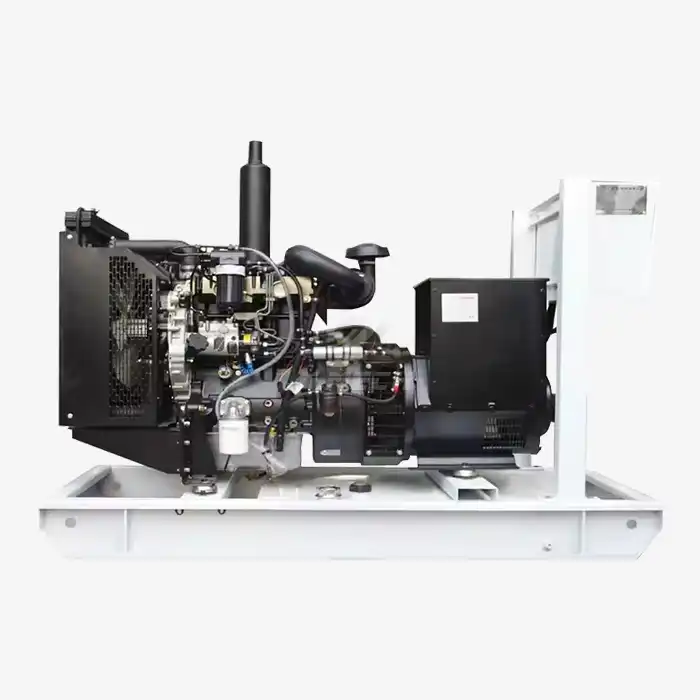How do diesel generators work step by step?
When the grid fails, or remote operations require independent power, diesel generators become the backbone of continuity. Understanding how these systems work—and how robust diesel generator construction contributes to their reliability—can help you choose the right generator for your needs. We will guide you through the fundamental steps of their operation, emphasizing how quality engineering and construction ensure durability and performance.

Step 1: Intake and Compression
The process begins with the diesel engine—the heart of the generator.
Air Intake: The engine draws in clean, filtered air through the intake valve.
Compression: The piston moves upward, compressing this air within the cylinder. This compression dramatically increases the air’s temperature and pressure.
This high-pressure environment is crucial for the next step and highlights the importance of precision-engineered components in reliable diesel generator construction.
Step 2: Fuel Injection and Combustion
This phase is where fuel meets the compressed air, creating power.
Injection: At the peak of compression, a high-pressure fuel injector sprays precisely metered, atomized diesel into the combustion chamber.
Combustion: The hot, compressed air instantly ignites the fuel vapor. The resulting explosion forces the piston downward with tremendous force39. This "power stroke" is the primary source of the engine’s mechanical energy.
The precision of the fuel injection system is a critical aspect of advanced diesel generator construction, directly impacting efficiency and fuel economy.
Step 3: Converting Mechanical Energy to Electricity
The mechanical energy from the engine must now be converted into usable electricity.
Rotation Transfer: The piston's linear motion is converted into rotational motion by the crankshaft. This rotation is directly transferred to the alternator's rotor.
Electromagnetic Induction: As the rotor spins inside the stator, its magnetic field cuts across the copper windings of the stator. This action induces an alternating electrical current (AC) in the windings.
The design and materials of the alternator, particularly high-quality copper windings, are vital for efficient energy conversion in any superior diesel generator construction.
Step 4: Voltage Regulation and Exhaust
The final step involves refining the power output and managing waste.
Voltage Regulation: The raw electricity from the alternator passes through a voltage regulator. This ensures the output voltage remains stable and consistent, protecting connected equipment from power fluctuations.
Exhaust: After combustion, the hot exhaust gases are expelled from the cylinder and routed through an exhaust system, typically including a muffler to reduce noise and, in modern systems, after-treatment components to minimize emissions.
Effective management of these outputs is a hallmark of safe and environmentally considerate diesel generato r construction.Conclusion
A diesel generator operates through a seamless integration of precise intake, powerful combustion, efficient energy conversion, and meticulous regulation. Each stage relies on the robustness and quality of its components. Understanding this process and the importance of superior diesel generator construction empowers you to choose a unit that offers maximum reliability, efficiency, and longevity for your specific application.
At JLMECH, we combine deep expertise in power generation with an unwavering commitment to quality. Every generator we produce is engineered with precision-built components and rigorous quality control, ensuring exceptional performance tailored to your unique operational demands.
Contact our expert team today to find the perfect power solution for your business. Let us help you ensure uninterrupted productivity.
Email us at: skala@whjlmech.com
References
1. Johnson, M. (2022). Emergency Power Systems: A Comprehensive Guide to High-Speed Diesel Generators. Power Engineering Quarterly, 45(3), 78-92.
2. China Academy of Building Research. (2015). *15D202-2: Design and Installation of Diesel Generator Sets*. National Building Standard Design.
3. Roberts, S. (2021). Diesel Generator Set Design and Application. Industrial Energy Press.



